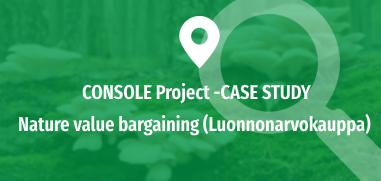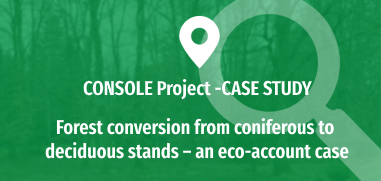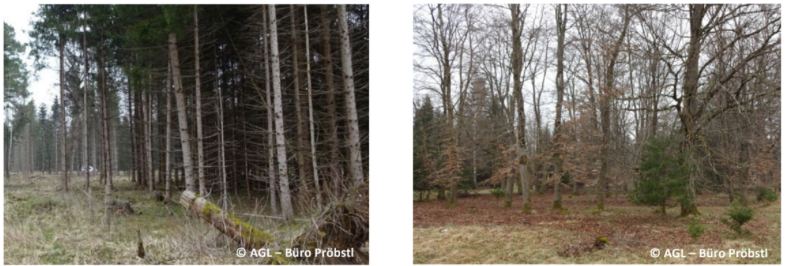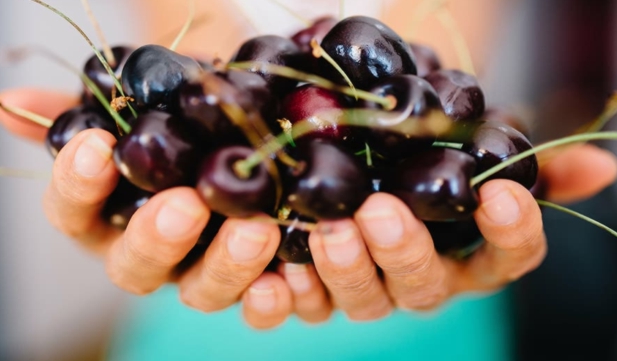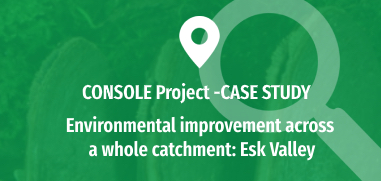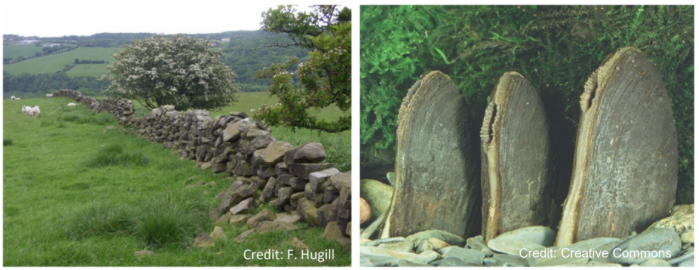Summary
The “Nature value bargaining” was tested during METSO pilot programme 2002-2007. The aim was to operationalize markets for biodiversity and natural values. Forest owners received subsidy for making the contract. The subsidy level was based on both the biodiversity values of the stand and timber stock. In addition, forest owners’ goals affected their price demands, improving the cost efficiency of the system. After the pilot period, the instrument was abandoned and replaced with more traditional AES due to EU-level legislative reasons.
Objectives
The objective of nature value bargaining was to establish markets for the natural/biodiversity values of forests. In these markets, forest owners are active and voluntary participants who offer valuable areas from the forests they own (Gustafsson ja Nummi 2004). Owners are encouraged to provide natural values by making temporary contracts with authorities (Forestry Centre or Environmental Centre) and by receiving a subsidy for providing the nature values. Basically, private forests are thus rented/leased to state for providing natural values fort he predefined period.
Public Goods

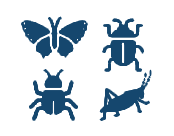

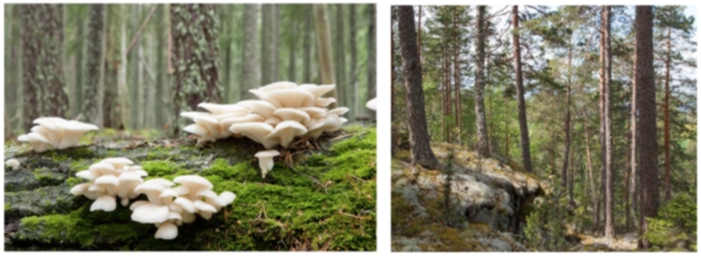
Problem description
The voluntary instrument (being part of the planned METSO biodiversity protection program for Southern Finland) was developed as a response to increasing societal understanding that negative biodiversity development needs to be considered more seriously globally and nationally. In particular, it was considered as a solution to Southern Finland, which is dominated by family owned forests. In Southern Finland forests have been managed dominantly for timber production. In this situation, establishing large continuous protection areas was considered to be challenging. The development was also affected by the experiences gained in Natura 2000 process, where the top-down approach and poor informing of forest owners led to conflicts. As a whole, state authorities were active in driving and developing new and more acceptable solutions. However, the nature value bargaining was an innovation that was developed in regional level (South-Western part of Finland, Satakunta) and it was piloted when the instruments for the METSO programme were tested during the pilot phase 2002- 2007. After the pilot phase, the METSO programme was launched in 2008, but the nature value bargaining was not among the instruments anymore.
